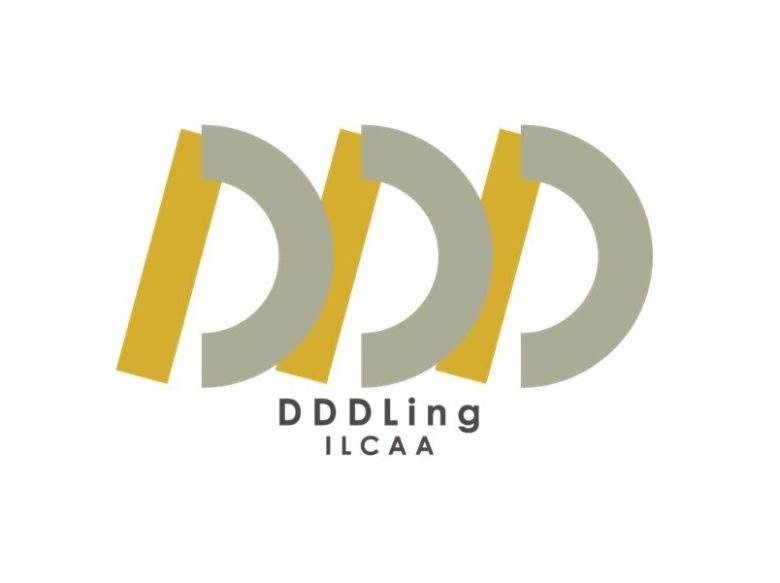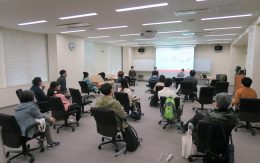
*本イベントは終了しました。
日時
2022年10月20日(木)15:00–16:00
開催形態・場所
Zoomによるオンライン開催
プログラム
15:00–16:00
Shuya ZHANG(日本学術振興会外国人特別研究員)
“Lost nephew: how the vicissitudes of Gyalrongic nibling terminology shed light on the Proto- Gyalrongic family structure?”
Kinship terms inherited from the proto-language may develop different meanings in different daughter languages. A classic example concerns Proto-Indo-European (PIE) *népōts, which developed two seemingly unrelated meanings in Indo-European (IE) languages, ‘nephew (in particular sister’s child)’ and ‘grandchild’. Reconstructing ‘grandchild, descendant’ as the original meaning of PIE *népōts left much room and clues for the speculation of the social institutions leading to the semantic change from ‘grandchild’ to ‘nephew’ in IE languages. In Sino-Tibetan, Gyalrongic languages, a conservative branch spoken in Northwestern Sichuan, present a similar yet more intriguing case related to their nibling terms, with a mixture of cross-dialectal divergence and intra-dialectal polysemy. The Gyalrongic etymon #ptsa exhibits a semantic split between ‘nibling’, attested in the west sub-branch, and ‘cousins’, found in the east branch. Moreover, in a few varieties, the reflexes of Gyalrongic #ptsa involve a cross-generational equation, and are used for both sister’s children and father’s sister’s children. Such equation is noteworthy, as it is reminiscent of the Omaha skewing (named after the Omaha Indians in today’s Nebraska) (Jacques 2012). However, unlike IE languages, the majority of Gyalrongic languages lack written records, linguistics is thus one of the only methods that allow us to trace the historical development of Gyalrongic kinship systems and to speculate on family structures of the Gyalrongs. In attempting to explain the puzzle of the Gyalrongic etymon #ptsa, this talk presents the nibling terms and other relevant information in Gyalrongic languages. It proposes a reconstruction of the Proto-Gyalrongic nibling terminology, and hypothesizes scenarios of historical development to account for the modern diversity of nibling terminologies. On this basis, it will show how the reconstructed nibling terminology can shed light on the family structure of Proto-Gyalrongic speakers. This study will also have indirect repercussions on the historical status of Omaha skewing in Sino-Tibetan (see for example Benedict 1942).
References:
Benedict, P. K. 1942. Tibetan and Chinese kinship terms. Harvard Journal of Asiatic Studies 6:313– 337.
Jacques, G. 2012. The Tangut kinship system in Qiangic perspective. In Medieval Tibeto-Burman Languages, ed. N. W. Hill: 211–256. Leiden: Brill.
司会
荒川慎太郎(AA研)
使用言語
英語
参加費
無料
事前登録
参加には、事前登録が必要です。こちらからご登録をお願いいたします。
共催
- 東京外国語大学アジア・アフリカ言語文化研究所
- 東京外国語大学アジア・アフリカ言語文化研究所 基幹研究「アジア・アフリカの言語動態の記述と記録:アジア・アフリカに生きる人々の言語・文化への深い理解を目指して(DDDLing)」
(2022年10月12日 記事公開)


